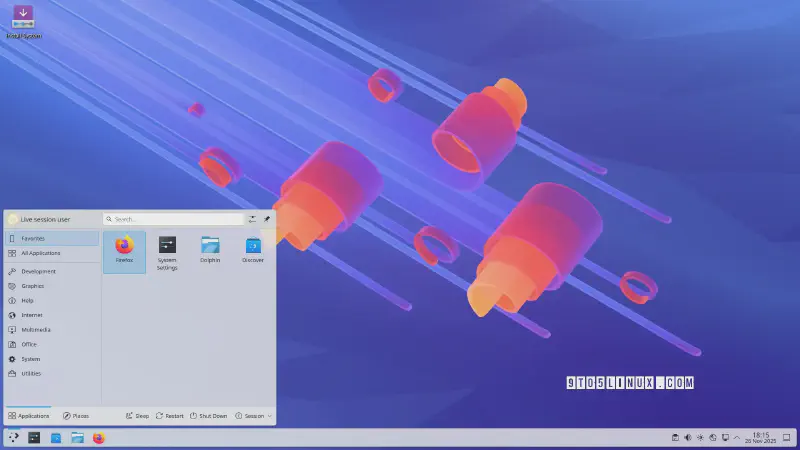
KDE Plasma 6.8 Goes Wayland-Only, Bidding Farewell to X11#
The KDE project is making a decisive move with its upcoming Plasma 6.8 desktop environment, officially discontinuing the X11 session and making Wayland the exclusive display server. This marks a pivotal moment for the popular open-source desktop, signaling a full commitment to the next generation of display technology.
- Complete Removal of X11 Session: KDE Plasma 6.8 will no longer offer the traditional X11 session, which has been a staple of Linux desktops for decades.
- Exclusive Wayland Adoption: Users will now exclusively boot into the Plasma Wayland session, solidifying Wayland as the sole display server for the desktop environment.
- Modernization and Performance Focus: This transition is driven by the desire to leverage Wayland’s inherent advantages, including improved security, smoother animations, superior multi-monitor handling, and better HiDPI scaling capabilities.
- Alignment with Industry Trends: The move aligns KDE Plasma with other prominent Linux desktop environments, such as GNOME, which have already made significant strides in Wayland adoption, pushing the broader ecosystem forward.
- Potential User Adaptation: While XWayland will still provide compatibility for legacy applications, users with specific hardware configurations or workflows heavily dependent on X11’s unique features may need to adjust their setups or explore Wayland-native alternatives.
- Commitment to a Seamless Future: This bold decision by the KDE team underscores a strong commitment to providing a cutting-edge, stable, and secure user experience that is future-proofed against the limitations of older display protocols. The deprecation of X11 in favor of Wayland by a major desktop environment like KDE Plasma represents a significant milestone in the evolution of the Linux desktop. X11, a venerable display protocol dating back to the 1980s, has served as the backbone for graphical interfaces on Unix-like systems for an exceptionally long time. However, its age brings with it architectural complexities, security concerns due to its inherent network transparency, and challenges in keeping pace with modern display technologies such as high-refresh-rate monitors and advanced GPU acceleration. Wayland, designed from the ground up with security and modern graphics in mind, offers a simpler, more efficient, and inherently more secure display server model. This shift by KDE will undoubtedly lead to a more polished and responsive user experience for many, though it may also present temporary challenges for a minority of users relying on specific X11-dependent applications or deeply customized setups. Looking ahead, KDE Plasma’s exclusive embrace of Wayland is a powerful statement that firmly establishes Wayland as the de facto standard for future Linux desktop development. This move will accelerate the development of Wayland-native applications and further refine the XWayland compatibility layer, ensuring a smoother transition for the broader software ecosystem. We can anticipate other desktop environments and distributions to follow suit more aggressively, strengthening the Wayland ecosystem and fostering innovation in display technology. Ultimately, this represents a crucial step towards a more secure, performant, and visually consistent experience for all Linux desktop users, paving the way for advanced features and a more streamlined operating system.
